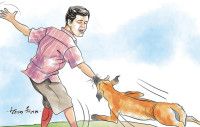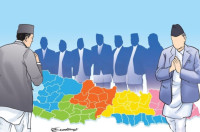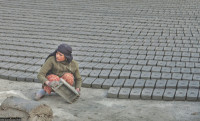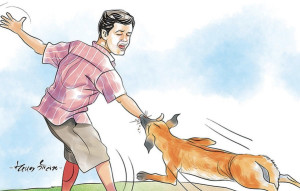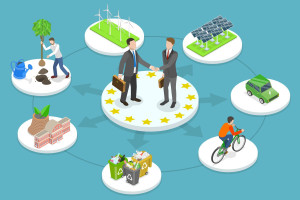Columns
Large trees for healthy cities
Large trees are important as they play a critical role in the delivery of ecosystem services.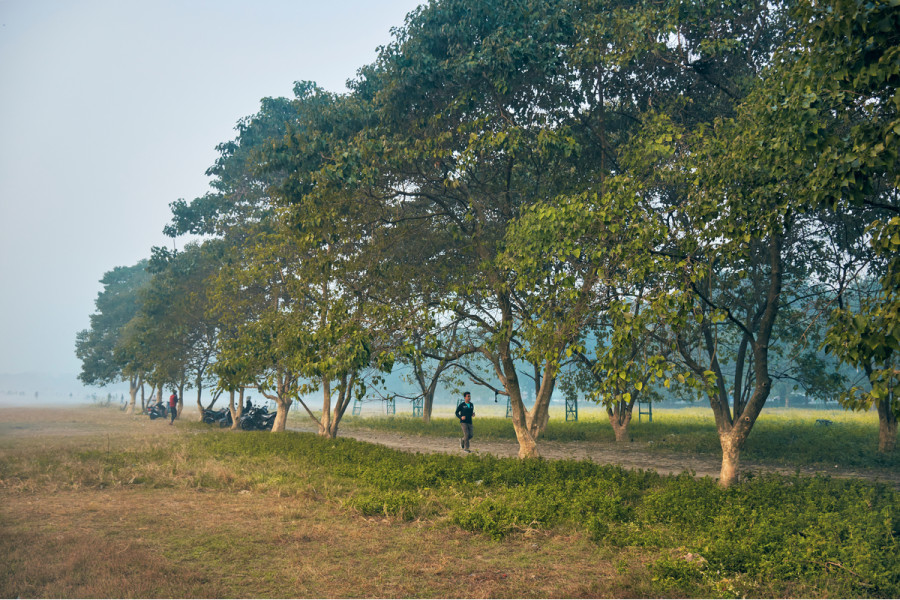
Alison Munson & Anais Pare
Trees are important elements of our urban landscape. With more than 50 percent of the world’s population living in cities, it is impossible to imagine cities without the many services and benefits trees provide to residents and ecosystems.
We saw evidence of this when Covid-19 measures were the most restrictive: urban park use increased dramatically. This is no coincidence. The presence of trees promotes both physical and mental health, which is one of the main reasons city dwellers felt the need to spend time in green spaces.
The trees we encounter every day on private property, on streets or in parks also contribute many environmental and climate regulation benefits, including the mitigation of city noise, capturing carbon and slowing water infiltration rates into soils.
Although a city’s total tree stock plays a role in the quality and quantity of ecosystem services, not all trees have the same characteristics or the same capacity to provide ecosystem services. So it is important to ask which trees are the most effective in delivering these benefits, why and what practices would promote such services?
We are part of the Research Chair on Urban Trees and their Environment at Laval University, which aims to find solutions to help the long-term survival of trees in urban environments.
Trees that provide benefits
In general, large trees have a better capacity to capture carbon from the air and store it, reduce atmospheric pollution and prevent stormwater runoff.
Trees with a larger trunk diameter have a greater woody biomass (amount of wood), which allows them to store more carbon than smaller trees. Similarly, trees’ ability to intercept precipitation and air pollutants increases with greater canopy size (the tops of dominant trees) and total leaf area (the total area of all leaves), which are both associated with greater overall tree size. As a result, larger trees are generally more effective than smaller ones at providing essential regulating services for urban environments and, especially, in a changing climate.
Planting large tree species also has significant economic benefits. One study reports that the annual net benefit of planting large tree species is 44 percent higher than that of a medium tree species and 92 percent higher than that of a small tree species.
The same study found it takes less than five years for the net benefits of these trees to outweigh the net costs. This can be explained in part by the fact that large trees increase real estate prices and land values, in addition to reducing energy costs for heating and cooling by regulating the microclimate.
However, the limited available overhead or underground space in urban areas means it is not always possible to plant large trees. In these conditions, smaller trees can also make a significant contribution.
Large trees play a critical role in the delivery of ecosystem services. But the ability to deliver these services is conditional on one thing: the trees must be in good condition. Those in poor condition have less capacity to deliver ecosystem services, since poor conditions impede growth, slow carbon sequestration and can also lead to canopy die-back.
In urban settings, hostile environments can impede the growth and proper development of trees. Lack of space for the root system, soil compaction, limited soil moisture, use of de-icing salts and air pollution challenge the survival of young planted trees. In view of this, several management practices have been developed to encourage the growth and development of trees.
Here are some examples: Plant the right tree in the right place. For example, some tree species are better adapted to certain climates or more tolerant than others to limited amounts of space. There are guides available for planting choices that are based on environmental characteristics, including soil conditions. Avoid frequent pruning of large trees, which significantly reduces the leaf area and woody biomass of individual trees. One of the keys to reducing the need for pruning is to choose a tree species that is adapted to a given location. Formally recognise the value of ecosystem services provided by large trees in order to introduce policies that support their conservation.
Importance of concrete actions
Although large trees are generally more effective than small ones in providing certain ecosystem services, in the context of a changing climate, and where forest resilience is paramount, it is important not to put all our eggs in one basket and exclusively plant large tree species.
In fact, at the forest scale, some characteristics are positively correlated with the production of ecosystem services, including vertical heterogeneity (the amount of vegetation strata, ranging from flowering plants to dominant trees) and shrub diversity, which is the number of different species present.
Finally, the key things to remember are that large trees are extremely important, and that we benefit from efforts to preserve them. Moreover, planting large tree species should be encouraged, since there’s a tendency to plant small species in cities. Concrete actions can be taken right away to get the most out of urban trees now and over the long term. It is up to us to make them happen!
—The Conversation
Read the original article here.




 19.12°C Kathmandu
19.12°C Kathmandu




